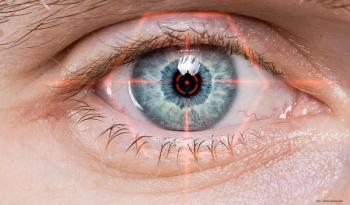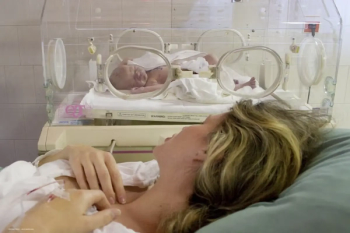
Can Twitter help ophthalmologists?
You're an ophthalmologist? You use social media? Will Twitter change the way doctors practice medicine?
You're an ophthalmologist? You use social media? Will
Dr Michael Lara thinks probably not. Then again, his musings on mind, brain and body in the age of the internet article
Over the past six months, growth in usage of the micro-blogging phenomenon has been, well, phenomenal. According to
70% of Twitter users joined in 2008
20% of Twitter users have joined in the past 60 days
An estimated 5,000 to 10,000 new accounts are registered each day
Looking at these numbers, and reading the popular press, I'm willing to bet that everyone reading this article has at least heard of Twitter, if they are not actually using it.
However, knowing that Twitter is out there and using it effectively in the context of medical practices are two very different things.
Some would say that medicine just shouldn't be using Twitter at all. Phil Baumann in his
&34;Intended the list as a discussion starter; most can't actually be deployed using Twitter itself (not at least without legislative changes). Other services such as Yammer or custom-built micro-sharing clients, may be safer in clinical practice."
Dr Shock, MD, PhD in what he affectionately calls his Neurostimulating Blog said that as at March 2009 the number of hospitals using social media, such as Twitter, was 214. That number is increasing and can be checked out at
So, how can ophthalmologists and medical practices in general benefit from Twitter? According to Dr Lara that falls into three component parts: "As a tool for collecting information," which would include medical news updates, job opportunities and CME (continuing medical education opportunities). "Secondly, as a tool for sharing information." This could include doctor-to-doctor communication, blogging from conferences and thirdly as a tool for communication on direct patient care.
However, he also warns against the use of Twitter "I've also found that there are several scenarios where Twitter should NOT be used: To communicate directly with patients and their families, To communicate with anyone regarding matters that require urgent or timely action, To answer inquiries from anyone regarding details about patient care, even if from a recognised Twitter account.
"Furthermore, under no circumstances should patients be referred to by name or other identifiable means, even via Direct Messages."
Ophthalmology Times Europe tweeted a few of our followers and asked them what they thought. Maureen Duffy, the Editorial Director of
"We are not a brick-and-mortar agency and have no real-life physical presence, unlike most low vision agencies, services, and practitioners. Our primary purpose is get information out there to people who are unserved and underserved. Twitter has been invaluable in that regard.
I'm able to connect with individuals who have vision problems, family members of people with vision problems, older adult agencies and services, and accessibility specialists. The challenge for me is actually finding those people on Twitter to follow, but I'm getting better at that as I go along."
Cary M. Silverman /
More circumspect is ophthalmologist,
Geoff Duff /
Last word to Lara: "Think about this question for a moment: 'Why are you on Twitter right now?' To grow your business? To keep updated on the latest breaking news? To problem solve? To share?
"If you're not sure why you're on Twitter this very moment, then it's likely that you could become a more efficient user by remembering the lessons from Stephen Covey's
We look forward to following your progress
Newsletter
Get the essential updates shaping the future of pharma manufacturing and compliance—subscribe today to Pharmaceutical Technology and never miss a breakthrough.













































